end of life option act medication used
If youre interested in speaking with a qualified California estate planning attorney about Medi-Cal eligibility and your end-of-life options contact Botti Morison Estate Planning Attorneys Ltd. 16 On the other hand the immediate-release medications can be used.
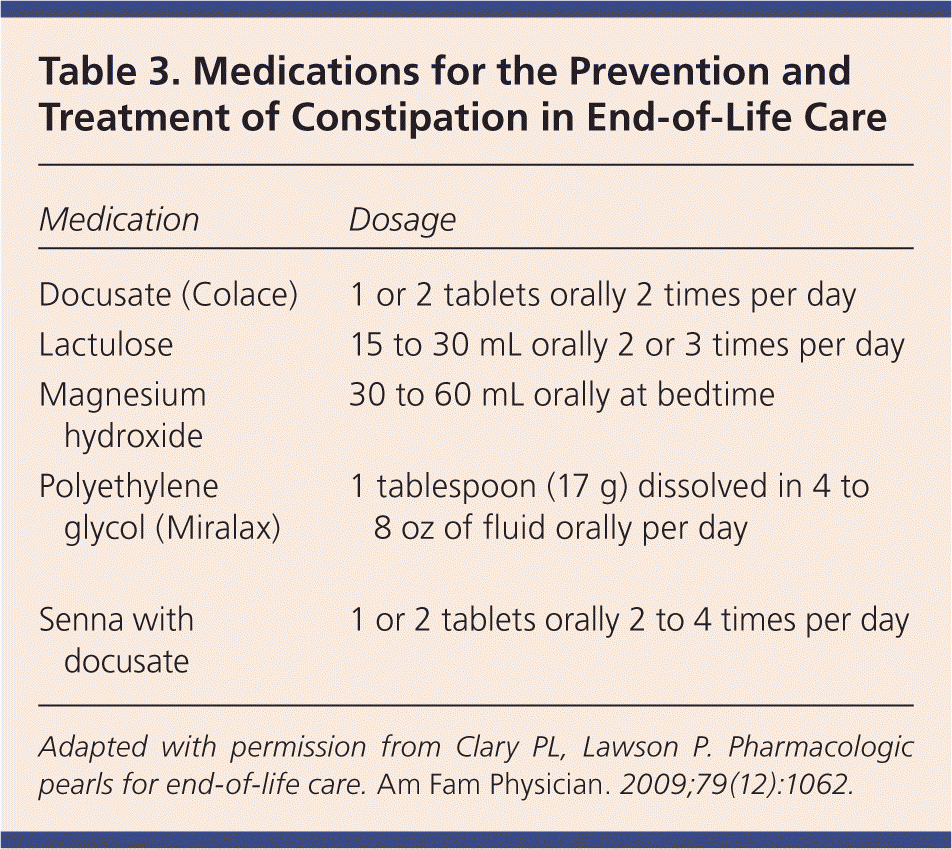
End Of Life Care Managing Common Symptoms
The new laws authorize a patient who has been diagnosed as terminally ill with less than six months life expectancy to obtain and ingest medications to end their life.

. The California End of Life Option Act EoLOA is a state law that permits terminally ill adult patients with capacity to make medical decisions to be prescribed an aid-in-dying medication if certain conditions are met. Ad Caring for a Loved One Can Be Difficult. Fidelity Has Tools and Resources that Can Help.
The California End of Life Option Act went into effect on June 9 2016. Participating in this end-of-life option is voluntary for both patients and physicians. This law allows a terminally-ill adult California resident to request a drug from his or her physician that will end his or her life.
End of Life Option Act Providers. The End of Life Option Act PDF is a California law that went into effect on June 9 2016 and was updated on January 1 2022. The attending physician must be willing to prescribe an aid-in-dying medication and must make sure the patient legally qualifies.
This part shall be known and may be cited as the End of Life Option Act. The law is outlined in California Health and Safety CodeHS Code Division 1 Part 185 Section 443. End of Life Option Act According to subject matter experts it is imperative to respond to these cases with the utmost tact professionalism and empathy because the people who are in the room with the decedent will always remember the reaction of the law enforcement officers and first responders who came to the scene.
The use of narcotics can provide immediate relief or the effects can last for several hours in the form of a sustained release15 The sustained-release formulations can be used for more chronic pain where the requirements for pain control must be provided on an ongoing basis. The Act defines whos eligible and the circumstances when a physician can legally prescribe aid-in-dying medications. In the state of Colorado on November 8 2016 voters passed Proposition 106 the End of Life Options Act.
The act allows patients who have a terminal disease with a life expectancy of six months or less to request a life-ending drug prescription from their doctor. A total of 246 physicians prescribed 618 individuals aid-in-dying drugs. It is allowed for the person to help the patient prepare the aid in dying drug.
End of Life Option Act. UCHealth allows physicians pharmacists and other health care providers who are permitted under the End-of-Life Options Act to participate in activities authorized by the Act if they so choose and other options including palliative care are also available for patients with serious illness. The act defines a qualified individual as an adult who is a state resident who has the capacity to make medical decisions has the physical and mental ability to self-administer a terminal comfort care drug has been diagnosed by the attending physician as suffering from a terminal disease has undergone a hospice evaluation has expressed.
However it is safe to presume that Colorados specifics are a good guideline to what will be found elsewhere. With comprehensive coverage death-inducing drugs can be available to the patient for as little as 400. Because California pharmacists are already required to counsel a patient receiving a new medication the End of Life Option Act would also apply to patients receiving the 2 most commonly prescribed medications used in these situations.
The states listed below and the District of Columbia have their own specific statutes regarding end-of-life legislation. People who choose to end their lives this way and who carefully follow the steps in the law will not be. The law provides immunity from civil or criminal liability for a person who is present when the patient self-administers the aid in dying drug as long as they are observers and do not assist or tamper with the patient ingesting the lethal medication.
End of Life Option Act The goal of this training program is to train and educate law enforcement on Californias new End of Life Option Act laws authorizing medical aid-in-dying. The End of Life Option Act is a California law that permits terminally ill adult recipients with the capacity to make medical decisions to be prescribed an aid-in-dying medication if certain conditions are met. According to the End of Life Option Act attending physician means the physician who has primary responsibility for the health care of an individual and treatment of the individuals terminal disease.
California End of Life Option Act is a law enacted in June 2016 which allows terminally ill adult residents in the state of California to access medical aid in dying by self-administering lethal drugs provided specific circumstances are met. The law was signed in by California governor Jerry Brown in October 2015 making. Signed into law by Governor Brown in October 2015 the law went into effect on June 9 2016.
B Aid-in-dyingdrug means adrug determinedand prescribed by a physician for a qualified. Ad Planning For Your Final Days Is Hard But Its an Invaluable Gift to Your Loved Ones. Understand What To Consider When Getting Started With An End-of-Life Care Conversation.
The End of Life Option Act allows eligible California adults whove been diagnosed with a terminal illness and expected to have less than 6 months to live to obtain a drug from their doctor that will end their life.

New California Law Eases Aid In Dying Process California Healthline

Dying A Good Death What We Need From Drugs That Are Meant To End Life
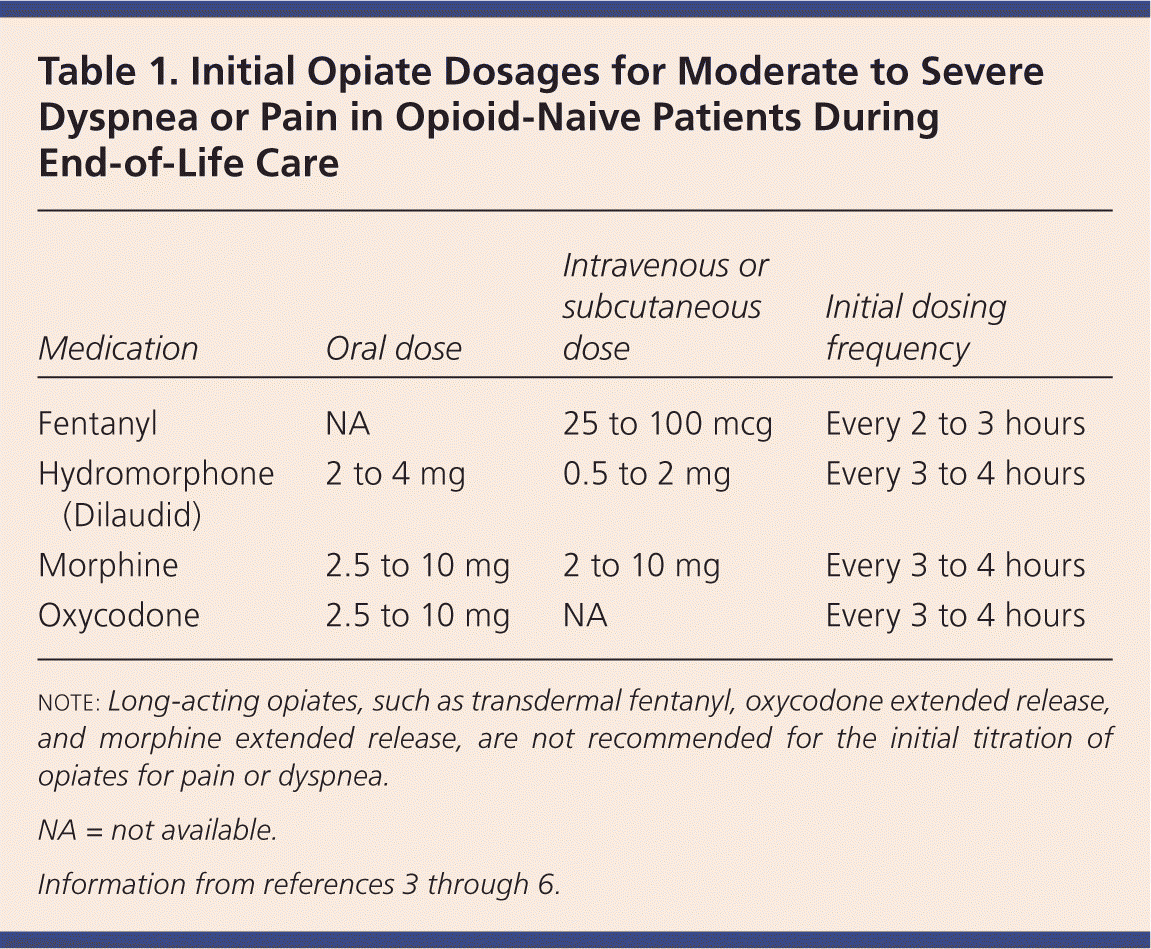
End Of Life Care Managing Common Symptoms

Facilitating Anticipatory Prescribing In End Of Life Care The Pharmaceutical Journal

Summary Of Drugs Used For Doctor Prescribed Suicide Patients Rights Council

Voluntarily Stop Eating And Drinking Vsed

End Of Life Care Managing Common Symptoms

Physician Aid In Dying Uw Department Of Bioethics Humanities

End Of Life Option Act Sutter Health
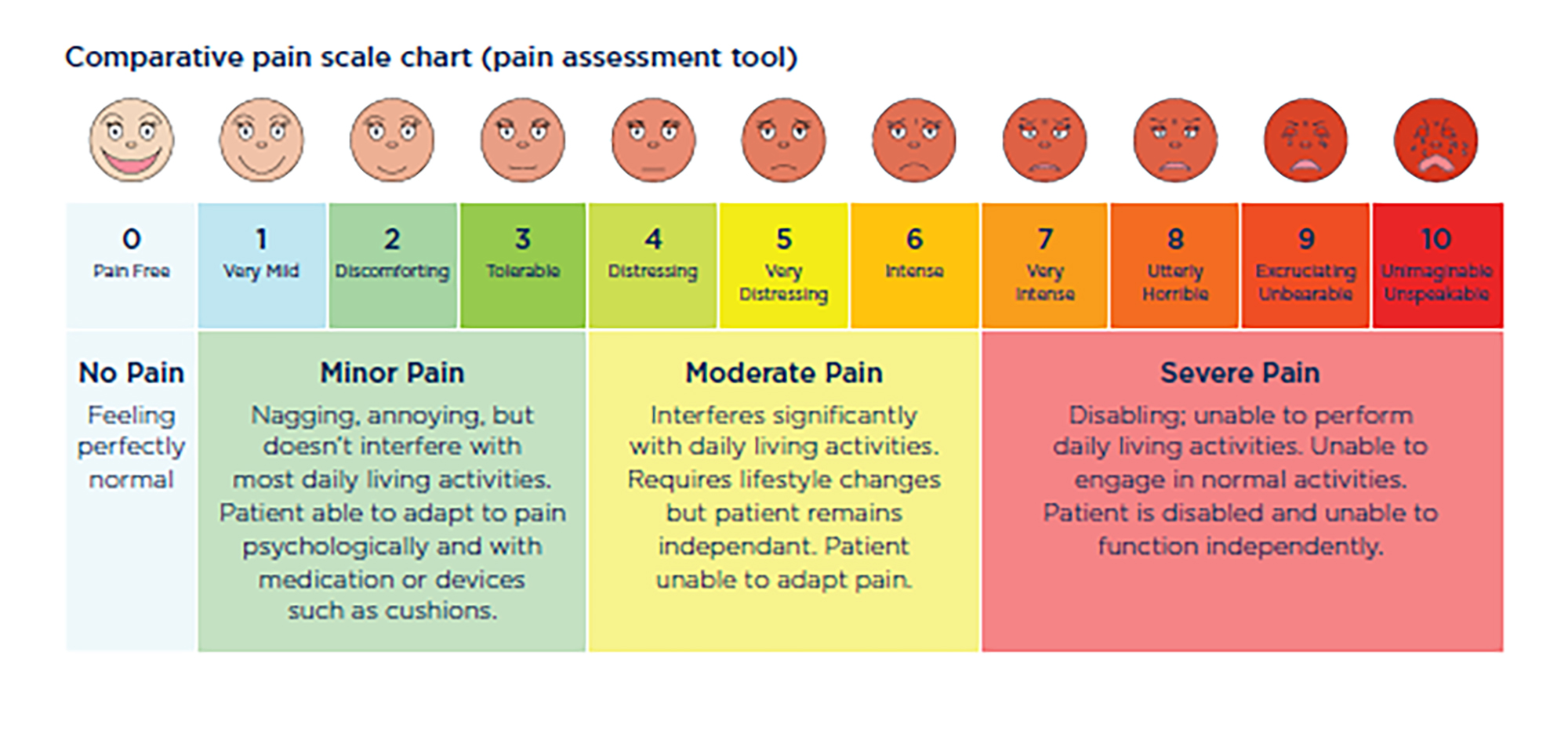
Facts About Morphine And Other Opioid Medicines In Palliative Care Palliative Care Australia

Terminally Ill He Wanted Aid In Dying His Catholic Hospital Said No Kaiser Health News

Euthanasia And Assisted Suicide What Are They And What Do They Mean

Our Issues Medical Aid In Dying

Faqs End Of Life Option Act At Ucsf Patient Education Ucsf Health
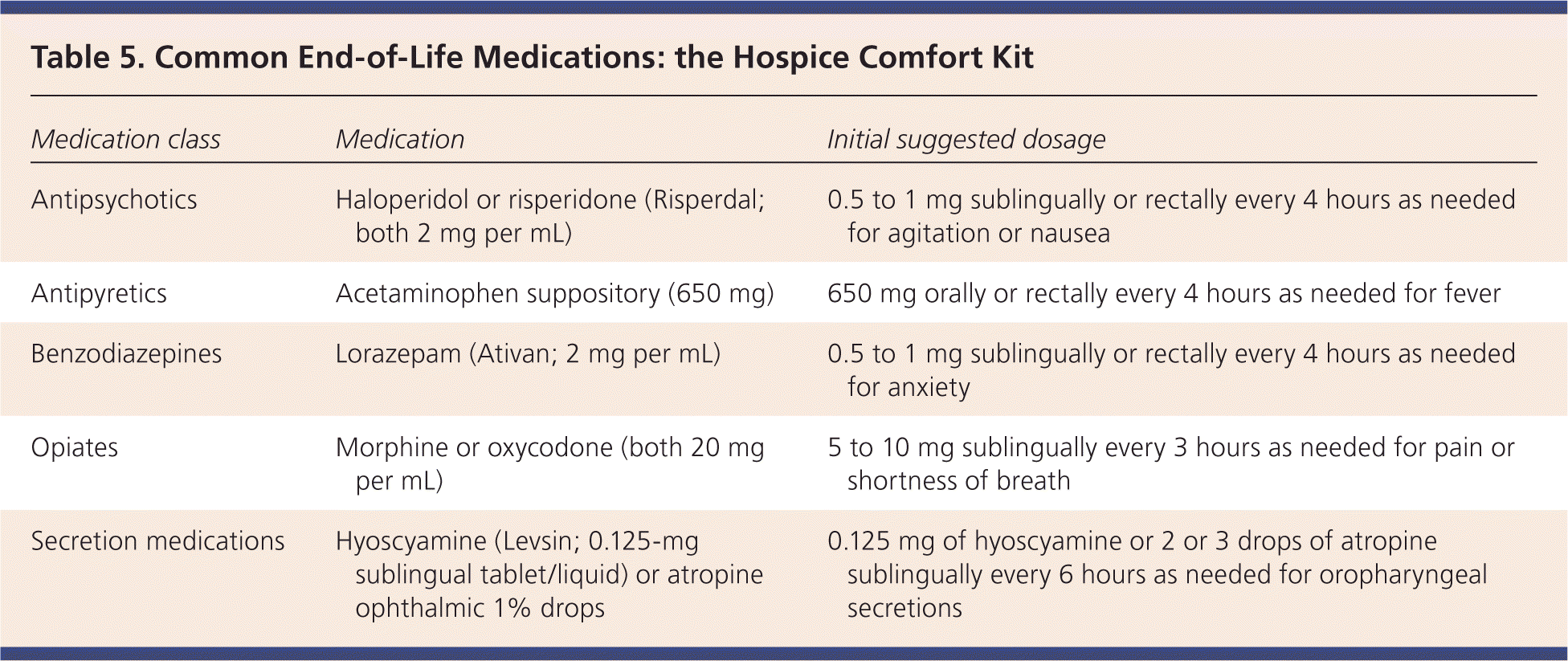
End Of Life Care Managing Common Symptoms
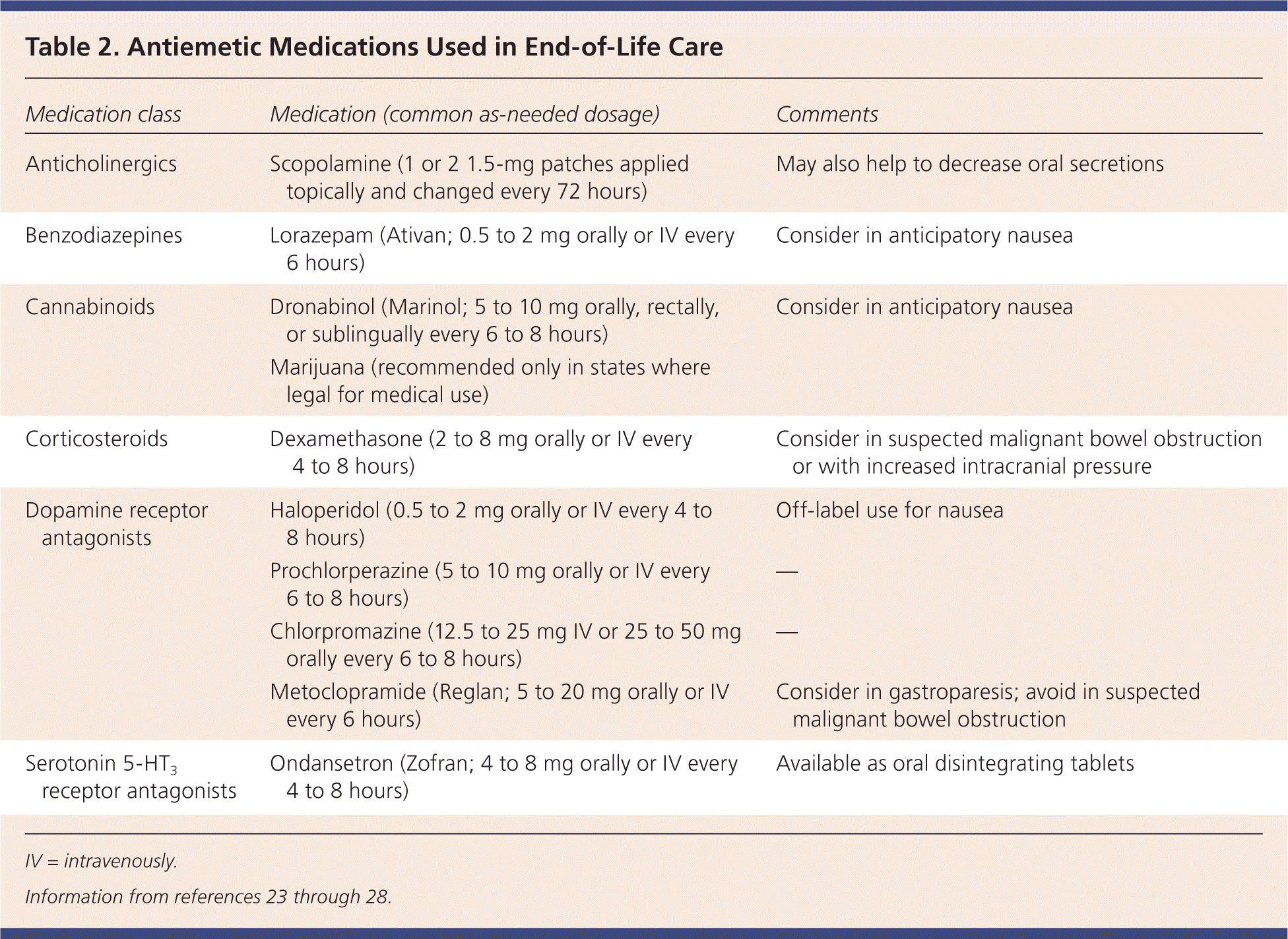
End Of Life Care Managing Common Symptoms

What Is Euthanasia Types Legal Status Facts Controversy And
View Of Ethics In Physician Assisted Dying And Euthanasia The Southwest Respiratory And Critical Care Chronicles
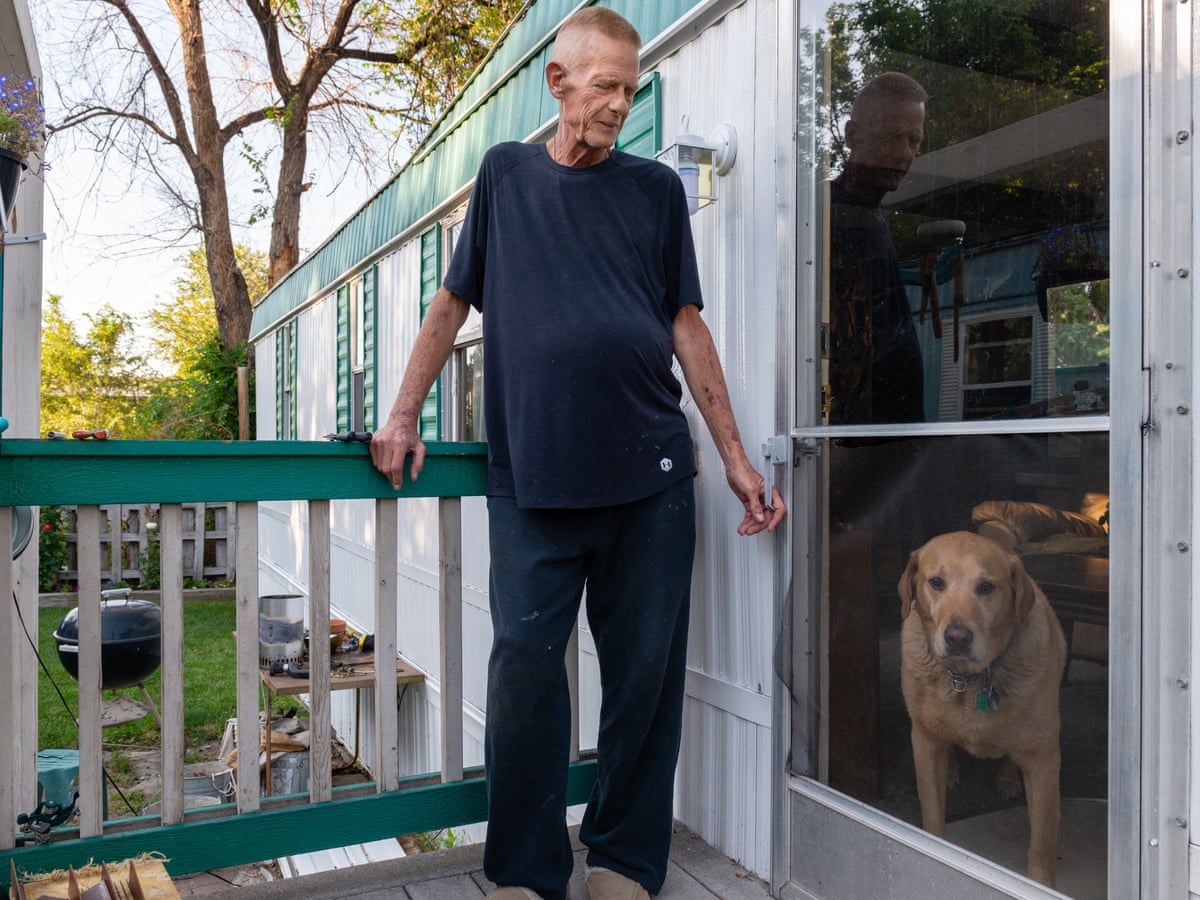
Terminally Ill He Wanted An Assisted Death But His Hospital Was Catholic Assisted Dying The Guardian